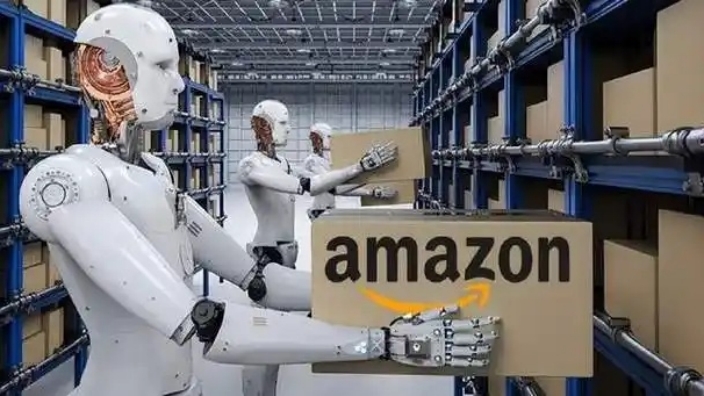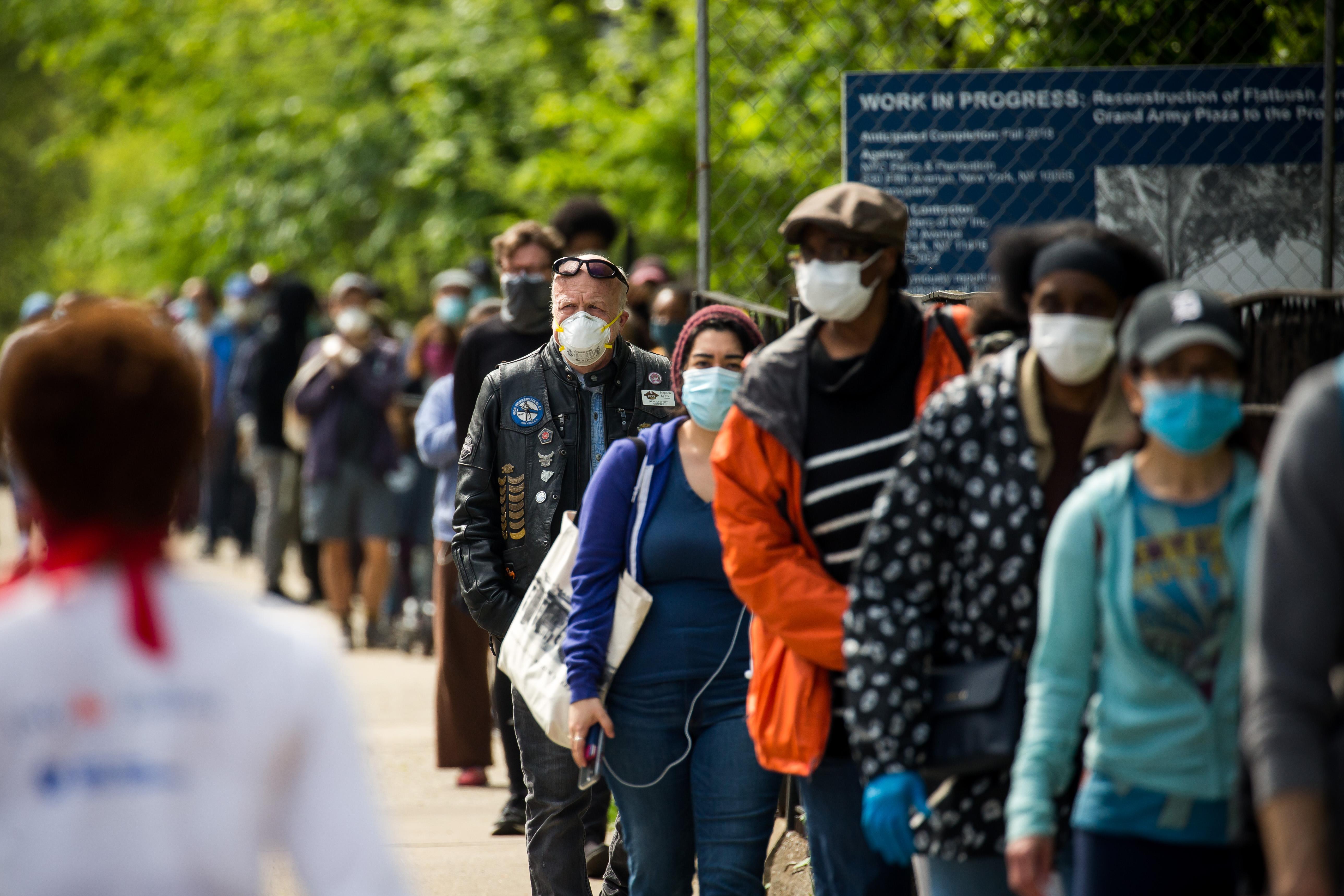
Recently, a serious robot accident occurred in an Amazon automated warehouse in New Jersey, causing 24 employees to be rushed to a hospital, one of whom was seriously injured and sent to the intensive care unit for treatment. In addition, 30 employees at the scene received preliminary medical treatment. The accident has drawn widespread public attention to the safety of Amazon's automated warehouse, and European and American labor unions have taken the opportunity to launch a new round of criticism of the automation process.
It is understood that the accident occurred in a huge warehouse covering 120000 square meters on Amazon. The warehouse is equipped with a large number of automated robots to improve the operational efficiency and logistics speed of the warehouse. But it was one of the robots that accidentally punctured a can of bear repellent spray while working. Although the spray was only 255 grams, the high concentration of capsaicin gas and liquid inside spread rapidly after release, causing breathing difficulties and burning eyes and throat among nearby human employees. Because the robot was unaware of the emergency, nearby employees were quickly injured after the accident, and the scene was chaotic.
After the accident, six ambulances rushed to the scene and took more than 50 affected employees to a hospital for examination and treatment. Amazon officials later issued a statement saying that the accident had been effectively controlled, that the scene had been cleaned up and that employees sent to the hospital were simply "just in case". At the same time, Amazon stressed that the operation of the warehouse had not been further affected and had resumed normal operation. However, the statement did not quell doubts and criticism from the public and European and American trade union organizations.
Stuart Appelbaum, the union president of the alliance of retail, wholesale and department stores, said after the accident: "Amazon's automated robots put humans in life-threatening danger. This is another shameless example of the company putting profits above employee health and safety, and we cannot tolerate it. The world's richest company puts the lives of hard-working people at risk and cannot continue to operate with impunity.".
In fact, Amazon has been facing doubts and criticism from all sides in the process of promoting automated warehouses. Trade unions in Europe and the United States believe that the spread of automated warehouses will not only lead to the loss of a large number of human jobs, but also make the working environment of human workers worse. Although Amazon's automated robots can greatly improve the operational efficiency and logistics speed of warehouses, there are many hidden dangers in their stability and safety in the process of operation.
Take the accident as an example. Although Amazon's robots can efficiently complete various handling and sorting tasks, they often fail to make correct responses and judgments in the face of emergencies. In the accident, the robot accidentally punctured the bear repellent spray, resulting in a rapid spread of toxic gas and liquid, while the robot "unaware" continued to work according to the established procedures. This indifference to emergencies not only exposed the shortcomings of Amazon robots in safety performance, but also triggered a deep public reflection on the safety of automated warehouses.
In addition, Amazon's warehouses in Britain have been exposed to security problems many times. Ambulances were called to Amazon warehouses 600 times from 2015 to 2017. Although this data can not be fully attributed to the problem of automated robots, it also reflects the loopholes and shortcomings of Amazon in warehouse security management.
Amazon has not responded satisfactorily to these questions and criticisms. Amazon has insisted that its warehouses are not operating in poor conditions, and that automated robots are an important means to improve the efficiency of warehouse operations and logistics speed. However, in the face of a series of security accidents, Amazon's statement is obviously difficult to convince the public.
Amazon's push for automated warehouses has not been smooth. In the Chinese market, Alibaba, Jingdong and other e-commerce giants are also actively laying out the field of intelligent warehousing. Ali's smart warehouse 1 has realized the linkage and efficient operation of 500 robots, becoming the smart warehouse scenario with the largest number of robots in Asia. Jingdong is committed to building an unmanned warehouse, from commodity warehousing, storage, picking, packaging, sorting, loading all links to achieve unmanned operation. The participation of these competitors not only intensifies the competition in the market, but also puts forward higher requirements and challenges for Amazon's automated warehouse.
In general, the Amazon warehouse robot failure has once again aroused public concern and discussion about the safety of automated warehouses. In the future, Amazon needs to pay more attention to safety and ensure the stability and reliability of automated robots in the process of operation while ensuring efficiency and profit. Only in this way can we win the trust and recognition of the public and the market and promote the healthy development of automated warehouses.

According to Yahoo US media reports, the recent remarks of Federal Reserve Chair Jerome Powell have drawn deep concern from the market about the health of the US labor market.
According to Yahoo US media reports, the recent remarks of …
After 11 years of waiting in the deep sea, we finally have …
On December 17, 2025, the newly renovated American "Preside…
Nike's second-quarter revenue reached 12.4 billion US dolla…
The European Union (EU) recently announced sanctions agains…
In December 2025, the U.S. economy and financial markets ex…